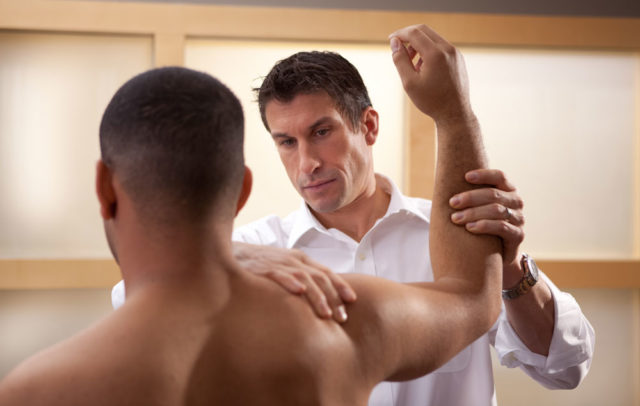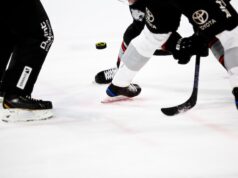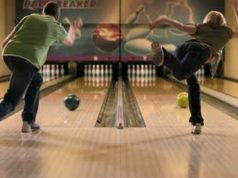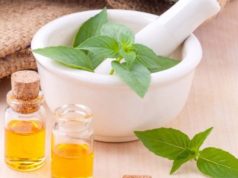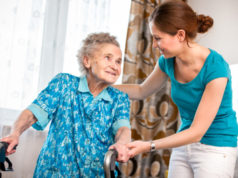Whether you’re a professional athlete or just enjoy playing games in your free time as a part of your fitness routine, getting sports injuries is a common occurrence. Aside from performance injuries, you might also cause micro-tears in your muscles when you subject them to intense training. The treatment protocol for each type depends on the severity of damage to your muscles, tendons, ligaments, and bones. Your trainer or health practitioner is likely to prescribe complete rest or some amount of gentle activity to help the injury heal.
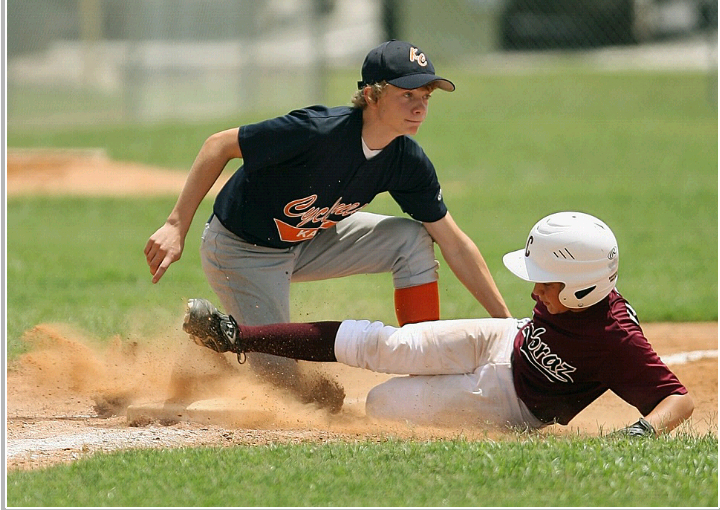
Both Professional Athletes and casual Players Need to be Cautious
As an athlete playing a game as a profession, you probably train all through the week under the guidance of an expert trainer. Director of athletic medicine at Princeton University, Dr. Margot Putukian stresses on the importance of warming up your muscles before performing to avoid sports injuries. She says, “Getting warmed up increases blood flow to the muscles, gets you more flexible, and could decrease injuries.” To avoid injuries that can occur because of overuse of the muscles, it is important to train the relevant muscles and condition them well.
If you play games on holidays, vacations, and over the weekends as a fun activity, your muscles may not be conditioned to perform after breaks. As a result, you may have a greater susceptibility to injuries. A spokesman for the American College of Sports Medicine and sports medicine physician at the University of Minnesota, Dr. William Roberts says, “Some injuries we bring on ourselves because of we are not conditioned for the activity. Work out daily and get double benefit — enjoy your weekend activities and garner the health benefits.”
Common Sports Injuries that Athletes May Have
As WebMD describes, athletes can have seven main types of sports injuries. They are:
● Shin splints common among runners.
● Groin pulls typically brought on when playing baseball, football, soccer, and hockey.
● Tennis elbow also called epicondylitis that occurs because of golf or tennis swings.
● A knee injury caused by the movement of the kneecap against the thigh bone as among basketball and volleyball players.
● Knee injury and anterior cruciate ligament (ACL) tears.
● Hamstring strain common among water skiers and hurdle runners.
● Ankle sprains
In the case of extreme injuries, you may have to go through surgery to correct and heal the injury. However, most other injuries can be helped with non-invasive modalities that merely assist the body’s natural healing processes. Read ahead to understand some of the most effective of such treatments.
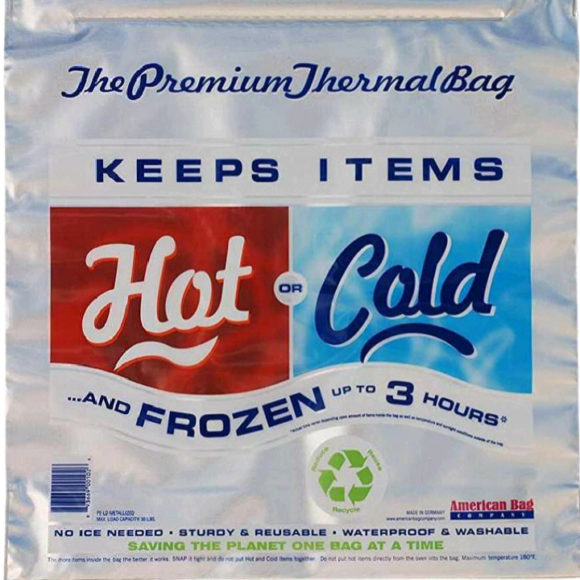
Treatment No. 1 – PRICE Protocol
The PRICE protocol is ideal for treating minor sports injuries like strains and sprains at home for two or three days. It has five elements:
● P stands for Protection where you’ll prevent further damage to the affected area by supporting it.
● R stands for Rest and involves avoiding using the muscle as far as possible by relying on aids like a walking stick, sling, or crutches depending on where you have the injury.
● I stand for Ice packs where you can apply ice wrapped in a towel on the injured area for 15 to 20 minutes every couple of hours.
● C stands for Compression that keeps the swelling down using elastic compression bandages
● E stands for Elevation that also helps keep the swelling down. Make sure you keep the injured muscles elevated to a level above the heart.
Treatment No. 2 – PRP Protocol
PRP stands for Platelet Rich Plasma for sports injuries, an innovative treatment that is highly effective in helping you with new and old tissue damage. When muscles incur damage and start to heal, the body repairs the tissues with new fibers of collagen and other elements. However, the resultant scar tissue is tougher than normal tissue and receives a lower supply of blood. For this reason, the healing process may stop before the muscles, ligaments, and tendons have repaired completely.
By inserting the PRP serum in the injured areas, doctors can kick start the repairing process again so that the injured area recovers completely. Interestingly, the PRP serum is sourced from every individual patient’s blood using centrifugation procedures.
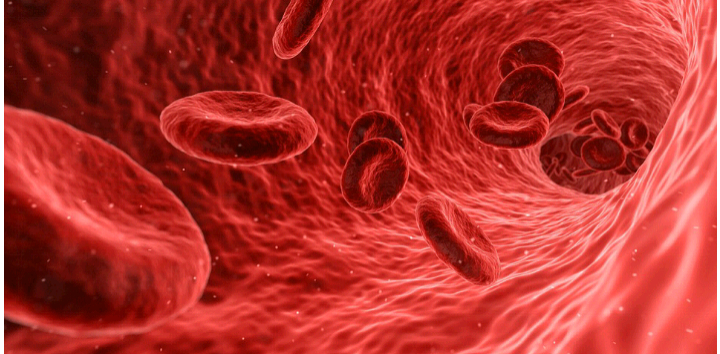
Treatment No. 3 – Physiotherapy or Rehabilitation
Physiotherapy (PT) is ideal for helping muscles heal by putting them through different motions and stretching exercises. This form of treatment should always be taken under the supervision of an expert, licensed practitioner who can guide you with the right movements. When performed gently and in a controlled manner, physiotherapy can boost blood circulation to the affected area so that healing is accelerated. PT can also help strengthen surrounding muscles so that they support the injury while it repairs and returns to normal functioning. Perhaps, the most important feature of PT is that it can prevent the same tissues from getting injured again.
Treatment No. 4 – Myofascial Massage Therapy
Myofascial massage therapy, when taken from an experienced, well-trained therapist, can help release the stress in your muscles caused by injuries. Using a series of movements that include gentle pressing and palpitating, the healer can loosen the scar tissue so that it receives a better blood supply and heals faster. These massage movements also help the tissues release the buildup of toxins created during the repair process. As a result, athletes recover much faster.
Treatment No. 5 – Ultrasound Therapy
Although not a widely used form of healing, ultrasound waves can be used to repair old injuries. Sound waves at high frequencies not audible to the human ear are directed by way of a wand to the damaged tissues. The vibrations caused in the tissues makes them heat up and boost the flow of blood. As a result, the tissues heal quickly with better flexibility. Ultrasounds can also promote the formation of collagen that is necessary for the repair of tissues.
Using non-invasive and natural methods of healing sports injuries are always preferable to surgery and invasive measures. However, it is advisable that you rely on the advice of your expert physician when choosing the healing modality that is best suited for the particular injury you have.

